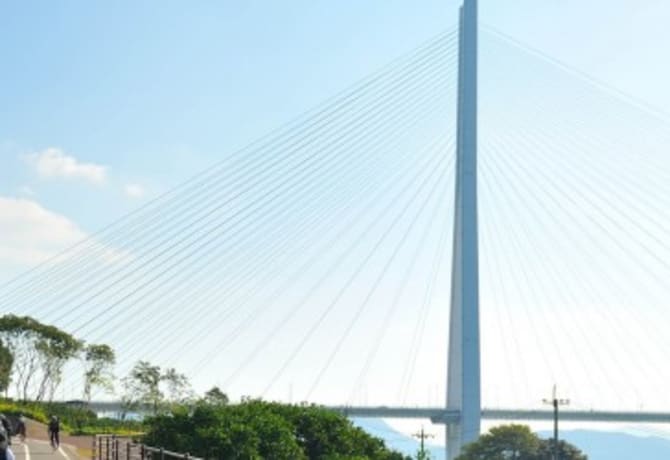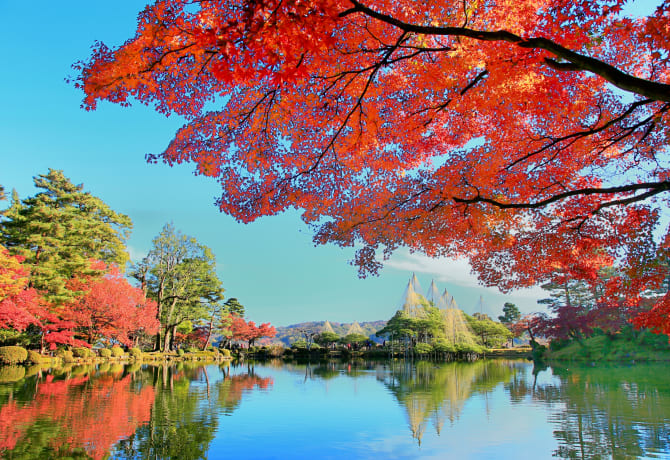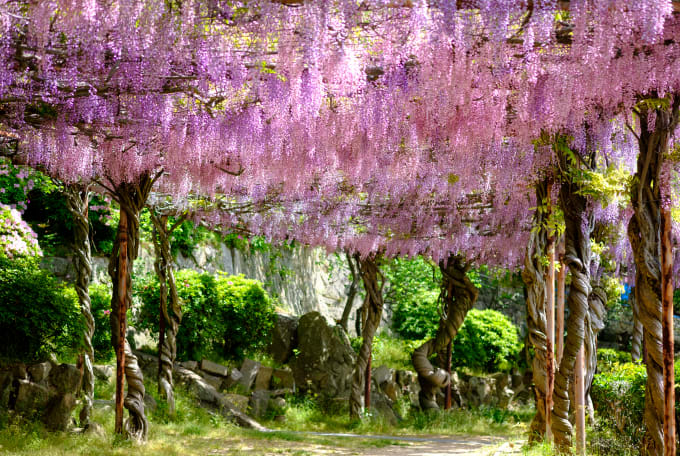
The Shoryudo Nature Route
The Shoryudo Nature Route
Discover the true diversity of Japan’s outdoors with the Shoryudo Nature Route. Your trip begins in mountainous Nagano, the capital of the Chubu region, and concludes in the beachside town of Minamichita in Aichi.
En route you’ll experience the beauty of Biwako, Japan’s largest lake; the spectacular Tojinbo cliffs; one of the biggest Dinosaur museums in the world; a one-of-a-kind viewing of the moon from Unazuki Onsen; as well as numerous beautiful temples along this stunning, memorable alpine route through the heart of Japan.
Highlights
- The sunset at Kohoku Mizudori
- Nagara River cormorant fishing
- Tateyama Kurobe Alpine Route
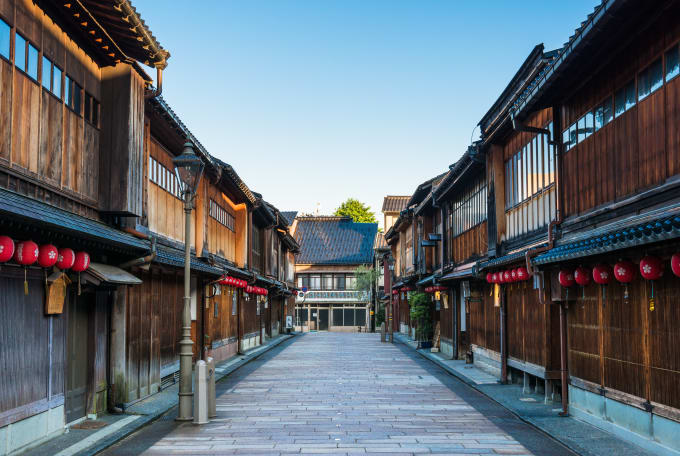
Showcasing tools, weapons and photographs of ninja techniques, the Ninpo Museum also contains the Ninja House, which has a maze and a shuriken (throwing star) range.
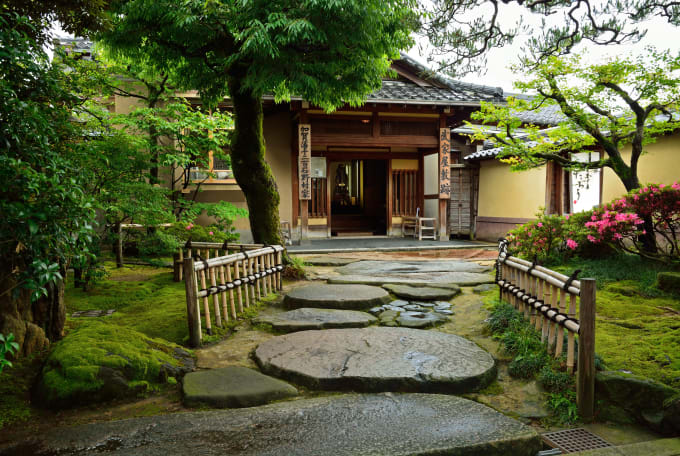
A 2-kilometre walking path leads from the entrance to two of these shrines, which celebrate the Sun Goddess’ return to the world after hiding in a cave.

The brilliant Lake Kurobe is best seen from the deck of a pleasure boat, which is an 11 km jaunt that lasts around half an hour.

The highest waterfall in Japan, Shomyo Falls illustrates the change in biodiversity, which can be glimpsed simply by looking up and down the mountainside.




















































